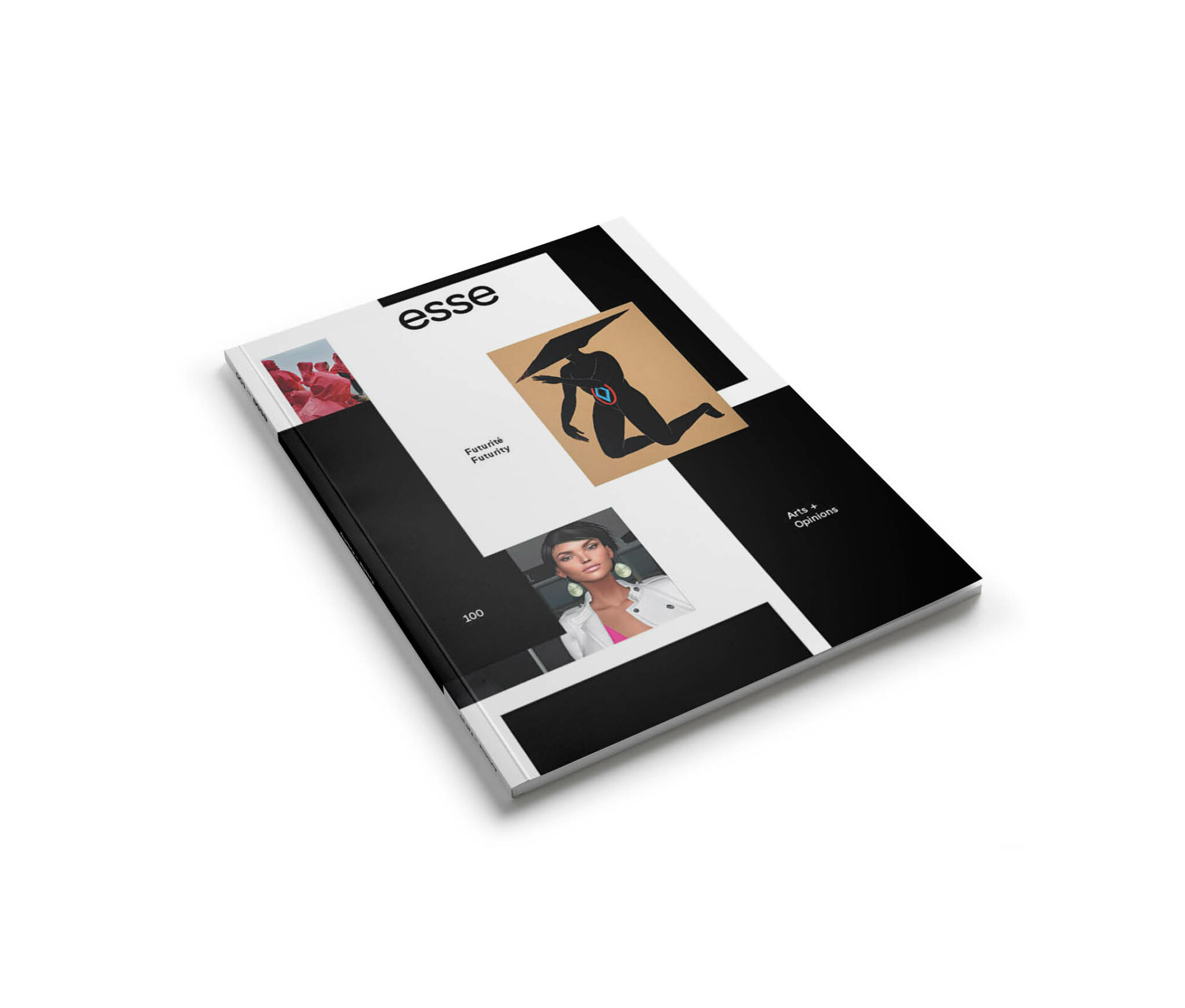
Reinventing Strangeness: Shannon Finnegan and the Demand for Disabled Futures
We cannot “conceive of a future without the figure of the Child.”1 1 - Lee Edelman, No Future: Queer Theory and the Death Drive (Durham, NC: Duke University Press, 2004): 11. As feminist author Alison Kafer tells us, futurity happens to be normatively deployed only when it serves able-bodiedness and able-mindedness.2 2 - Alison Kafer, Feminist, Queer, Crip (Bloomington: Indiana University Press, 2013). If we recognize that futurity is customarily claimed by able-bodied people, the work by artist and disability activist Shannon Finnegan becomes significant in contrast, as she expresses theories of time and possible futures for persons with disabilities. By firmly grounding the concepts of “disabled temporality” and “crip time,” Finnegan’s Anti-Stairs Club Lounge at “Vessel,” Anti-Stairs Club Lounge at Wassaic Project, and Do you want us here or not, informally referred to as Museum Benches, require that we consider how a different future is possible.



